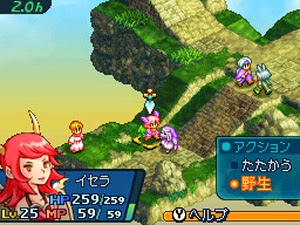The Nintendo DS was an absolute beast of a console when it came to JRPGs. The console itself was the first handheld that was really capable of 3D graphics and so the games, as primitive as they looked, did indeed look and play like modern games.
And there were so very many of them. Because the console was relatively easy to develop for, we saw all kinds of small teams creating classic JRPGs that led to a number of experimental, innovative little games, and indeed, the 3DS launched a number of franchises.
Given that there were so many classic JRPGs that were released on the console, I thought to use this week’s Friday Ten to look back at one of the finest consoles for the genre, and some of the best games that were released on it. With so many classic entries in the genre (many more than ten!) I guarantee that you’ll have favourites that are not on there, so please do let us know your favourites in the comments below!
Dragon Quest Monsters: Joker 2
While Pokemon will forever be the king of monster collecting RPGs, I have actually found the Dragon Quest Monsters series to be more appealing over the years. They tend to have stronger stories (rather than a singular focus on simply collecting more critters), and the monsters themselves are drawn from the classic Dragon Quest designs. Simply being able to collect slimes and the like is, to a Dragon Quest fan like myself, impossibly cool.
Children of Mana
Children of Mana drew a fair amount of criticism back in the day, but I loved it. Yes, it was a fairly repetitive Diablo-clone, with a limited range of levels to play through and a real need to grind through a basic range of missions to be able to tackle the more difficult challenges, but the art style is so beautiful, the music so pleasant, and the action itself so fundamentally clean that I wasn’t able to put this game down for weeks after picking it up. Given the 3DS really lacks for games of the Diablo clone genre, this is actually one of the DS games I find myself returning to the most often.
Final Fantasy IV
The 3D remake of Final Fantasy IV is one of the most impressive editions of the entire series. While the 3D models are simple, they do succeed in building a nuance into the characters and emotion of the scenes that just isn’t possible with primitive Super Nintendo sprites, and the voice acting certainly helps give each character a more defined personality. I just wish Square Enix followed through and gave Final Fantasy V and VI the same treatment.
Dragon Quest IV: Chapters of the Chosen
There are a lot of Dragon Quest games on the DS, but for my mind the better game of the lot is Dragon Quest IV. It tells its story in an interesting manner, with each of the main characters getting a short quest of their own, before the full team coming together to try and take on a much more sinister, extended and epic evil as a group. As a result, each character feels more developed than is normal for the Dragon Quest franchise, and that makes it much easier to really become invested in the narrative.
Final Fantasy: Four Heroes Of Light
This game was essentially the precursor to the Braverly Default 3DS title, but it was also in many ways a more experimental game. With one of the most striking art styles of any game on the DS (which unfortunately does lose a lot of fidelity on the higher resolution and larger 3DS screens), the game also has a deeply strategic combat system that makes players really consider how they approach each round – even the most simple abilities can’t be used an unlimited number of times before uses run out.
Fire Emblem: Shadow Dragon
A remake of the very first Fire Emblem., Shadow Dragon might not have the finest or most compelling narrative that we’ve seen in a Fire Emblem game, but it does star Marth, and Marth’s a legend. Thanks to its classic background, Fire Emblem is a genuinely challenging game, but the upgraded visuals look a treat, even on the newer 3DS screens, and the map design is classic stuff. With Fire Emblem now a major franchise for Nintendo, if you’ve come to it late, be sure to track down a copy of this game if you can.
Dungeon Maker
Dungeon Maker wasn’t exactly a well known game, even when it was new, but it was an interesting little game that was well worth a look. The basic hook of it was that you would actually build the dungeons that you’d then go into to earn fame, fortune, and experience (not necessarily in that order). It was a little grindy, but it was a unique JRPG, and the control that you got over the experience because you were creating the dungeons (and thus directly responsible for how difficult the experience was) is something that I would have liked to see become more common than it has.
The Dark Spire
Most fans of RPGs from the DS era will wonder why Etrian Odyssey is not on this list, but that’s because The Dark Spire is instead. Far less well known than Etrian Odyssey, The Dark Spire was a far more pure homage to the Wizardry or Might & Magic-style dungeon crawler, complete with an option to display the graphics as they would have looked in a classic Wizardry game. But playing the game in its modern form works just as well too, because it has a seriously gorgeous art style, spectacular soundtrack, and is all-round one of the finest dungeon crawlers ever created.
Final Fantasy Tactics A2
The Final Fantasy Tactics franchise is generally revered as the forerunner of that particular genre, and while A2 was somewhat disappointing as it didn’t do much more than what we’d already played in its Game Boy Advance predecessor, A2 was nevertheless a huge game with a massive range of character classes to play with, and teams of units to build. It could become overwhelming at times thanks to the sheer quantity of content on offer, but for people that spent the time to get to know the game, it was very rewarding both as a tactics strategy game, and as a JRPG.
The World Ends With You
One of the most beloved Nintendo DS games ever produced, The World Ends With You was one of the few to make really good use of the console’s dual screens as part of the gameplay itself, and wrapped it up within a vision of Japan that was both original and creative, but also meaningful. This game exudes energy and panache, and the more you get to know the Japanese culture, the more nuanced and interesting the game becomes. It was rebuilt incredibly well to play on the single screen iPad, but the dual screen version will forever be the superior one.
– Matt S.
Editor-in-Chief
Find me on Twitter: @digitallydownld



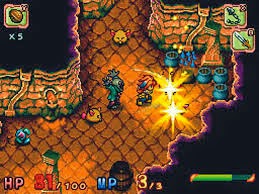.jpg)
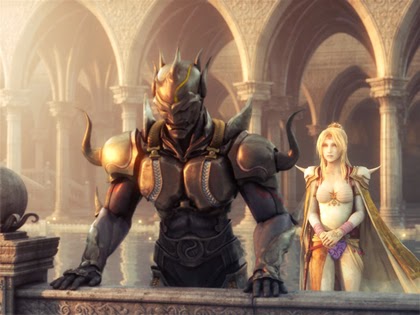


(Caravan)-6.jpg)
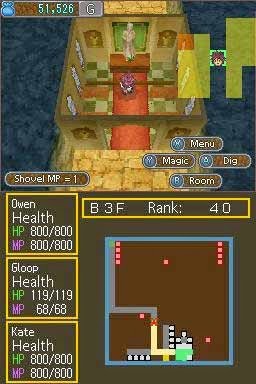
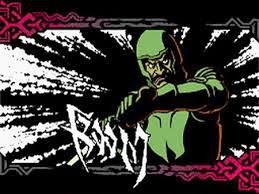.jpg)
